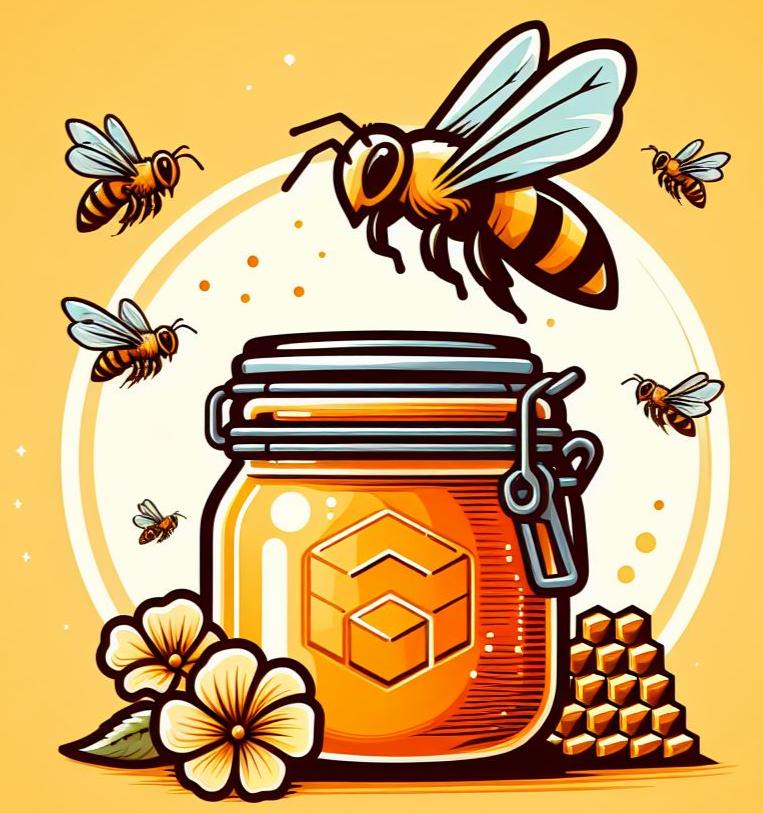Honey bees are nature’s most diligent workers, known for producing honey — a golden treasure cherished for its taste and health benefits. But honey is just the tip of the iceberg. The hive is a treasure trove of products, many of which are underutilised or even unknown to the general public. From propolis to royal jelly, beeswax to bee venom, the by-products of bees hold immense potential across industries such as healthcare, beauty, and agriculture.
This page serves as a comprehensive guide to these fascinating by-products, highlighting their uses, benefits, and untapped opportunities. Explore the links to learn more about each topic.
Honey: More Than a Sweetener
Honey is the most well-known product of the hive, but its potential goes far beyond sweetening your tea. It boasts antimicrobial, antioxidant, and wound-healing properties, making it a staple in natural medicine and skincare. From monofloral varieties like Manuka honey to raw, unfiltered honey, each type has unique characteristics.
In the hive honey is stored in the form of a honeycomb — made entirely of beeswax and filled with honey, it is both a delicacy and a functional food. Chewing honeycomb offers a unique sensory experience while delivering raw honey’s full spectrum of enzymes and nutrients.
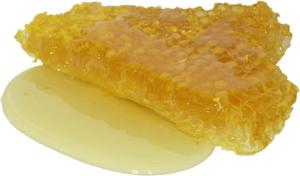
Honey is also a key ingredient to produce mead. This alcoholic beverage made from fermenting honey, water, and sometimes fruit or spices, is experiencing a modern revival. With a history that dates back thousands of years, mead is now being reimagined by craft brewers worldwide. Its versatility allows for endless flavour combinations and creative innovations.
Propolis: Nature’s Antibiotic
Propolis is a resin-like substance honey bees create from plant resins, wax, and their own enzymes. Known for its antimicrobial, antifungal, and anti-inflammatory properties, propolis has been used for centuries in traditional medicine. Modern science continues to uncover its potential for treating infections, boosting immunity, supporting oral health, and more.
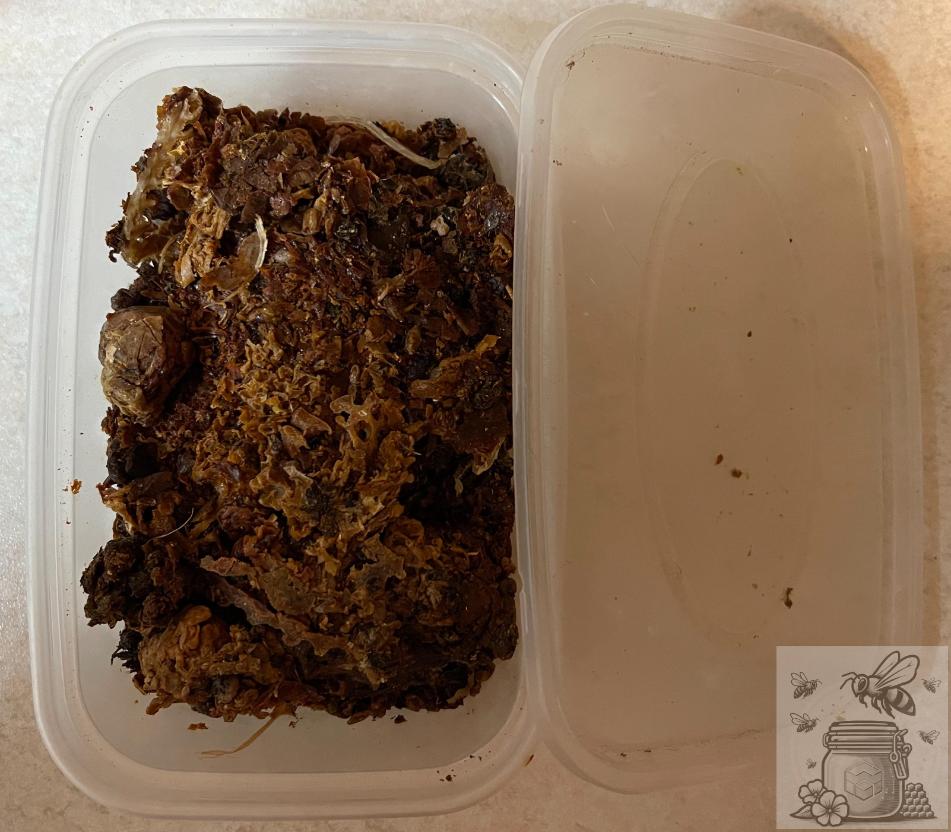
Royal Jelly: The Elixir of Life
Royal jelly is the exclusive food of the queen bee, packed with nutrients, amino acids, and bioactive compounds. It’s renowned for its potential to boost energy, enhance skin health, and even improve fertility. This unique substance is increasingly being incorporated into health supplements and cosmetics.
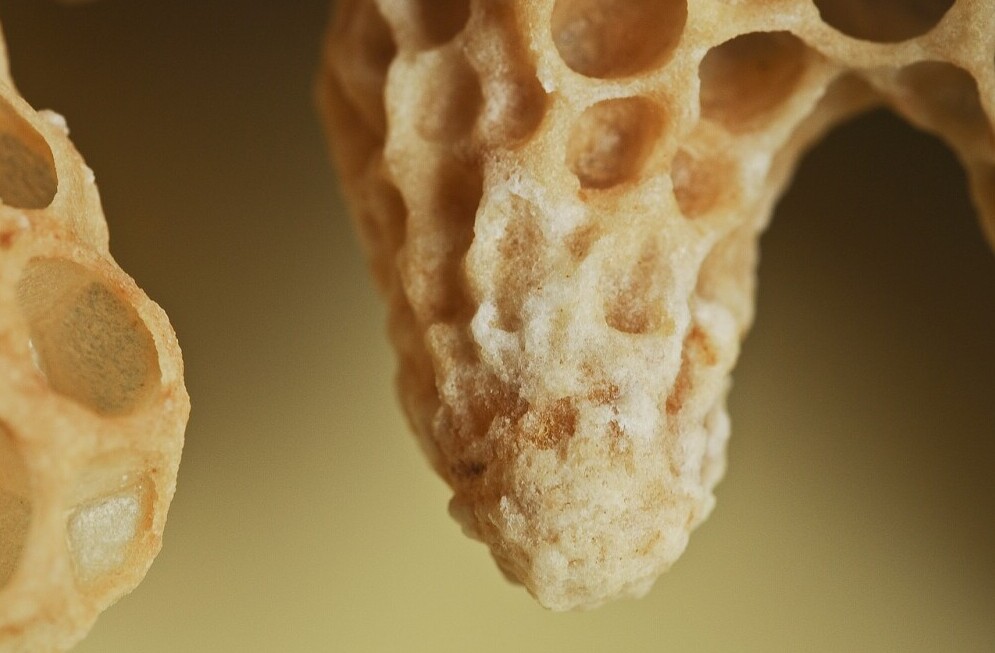
Beeswax: The Natural Multitasker
Beeswax, produced by worker bees to build their combs, has been a cornerstone of human industry for centuries.
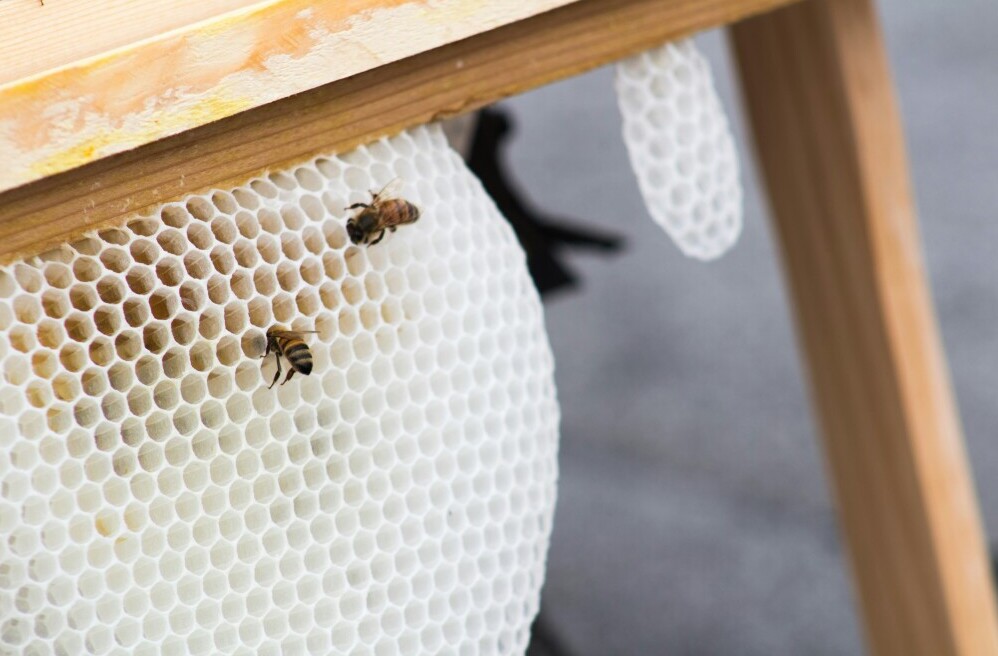
From candles to cosmetics, food wraps to furniture polish, its versatility is unparalleled. In skincare, beeswax acts as a natural moisturiser and barrier, while its hypoallergenic properties make it ideal for sensitive skin.
Bee Venom: A Sting of Potential
Bee venom, used by bees to defend their colony, is emerging as a surprising therapeutic agent.
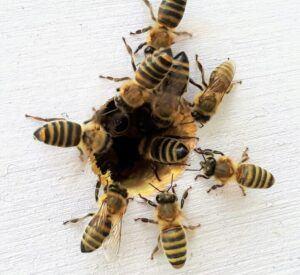
Rich in peptides and enzymes, it’s being studied for its potential in treating arthritis, multiple sclerosis, and even certain cancers. Bee venom therapy, though controversial, has a growing following in alternative medicine.
Pollen: A Nutritional Powerhouse
Bee pollen, collected by bees as they forage, is a superfood packed with proteins, vitamins, and minerals.
It’s celebrated for its potential to boost energy, support the immune system, and even act as an anti-inflammatory agent. Athletes and health enthusiasts often incorporate bee pollen into their diets for its nutritional benefits.
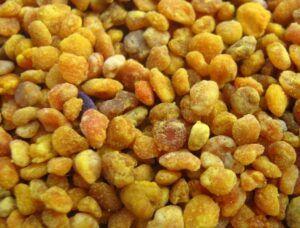
Apilarnil: A Lesser-Known Treasure
Apilarnil is a product derived from drone larvae, packed with amino acids, vitamins, and enzymes.
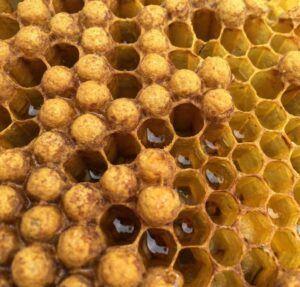
Though lesser-known, it’s gaining recognition for its potential in health supplements and traditional medicine. Its applications range from boosting vitality to supporting hormonal balance.
Unlocking the Hive’s Full Potential
Honey bee by-products represent a fascinating intersection of nature, science, and industry. While some of these products are already well-known, others remain niche or underexplored. By diving into the links provided, you can uncover the rich stories, science, and opportunities behind these remarkable substances.
Whether you’re a beekeeper, a health enthusiast, or simply curious about the hive’s offerings, this page is your gateway to understanding and utilising the incredible resources that honey bees provide. The hive is more than just a home for bees; it’s a world of unexplored avenues waiting to be discovered.
Harvesting these by-products requires some new techniques. For propolis, use propolis traps that allow bees to deposit the substance into accessible spaces. Royal jelly production involves inspecting queen cells and carefully extracting the substance. Collecting bee pollen means setting up pollen traps that collect the pellets bees bring back to the hive.
Learning how to process these products can make a big difference. For example, propolis can be dissolved in alcohol to create tinctures. Royal jelly needs to be preserved properly to maintain its nutrients, often requiring refrigeration.
Exploring innovative ways to use unconventional bee products may turn out to be very beneficial. These products have plentiful uses in culinary, beauty, and medicinal fields, opening up numerous creative opportunities.
Bee pollen isn’t just for health supplements. It can be sprinkled on salads, blended into smoothies, or used as a topping for yogurt and oatmeal. Its nutritious properties and slight crunch make it a versatile ingredient in many daily dishes.
Royal jelly isn’t just for internal use. It’s a popular ingredient in beauty and skincare products due to its nourishing and regenerative properties. Homemade face creams, masks, and serums infused with royal jelly attract customers looking for natural skincare solutions.
Propolis can be turned into various DIY health products. Create throat sprays, lozenges, or even homemade toothpaste. Propolis’s antiviral and antibacterial properties make it a key ingredient in natural remedies.
Experimenting with honey in unusual recipes can captivate food enthusiasts.
